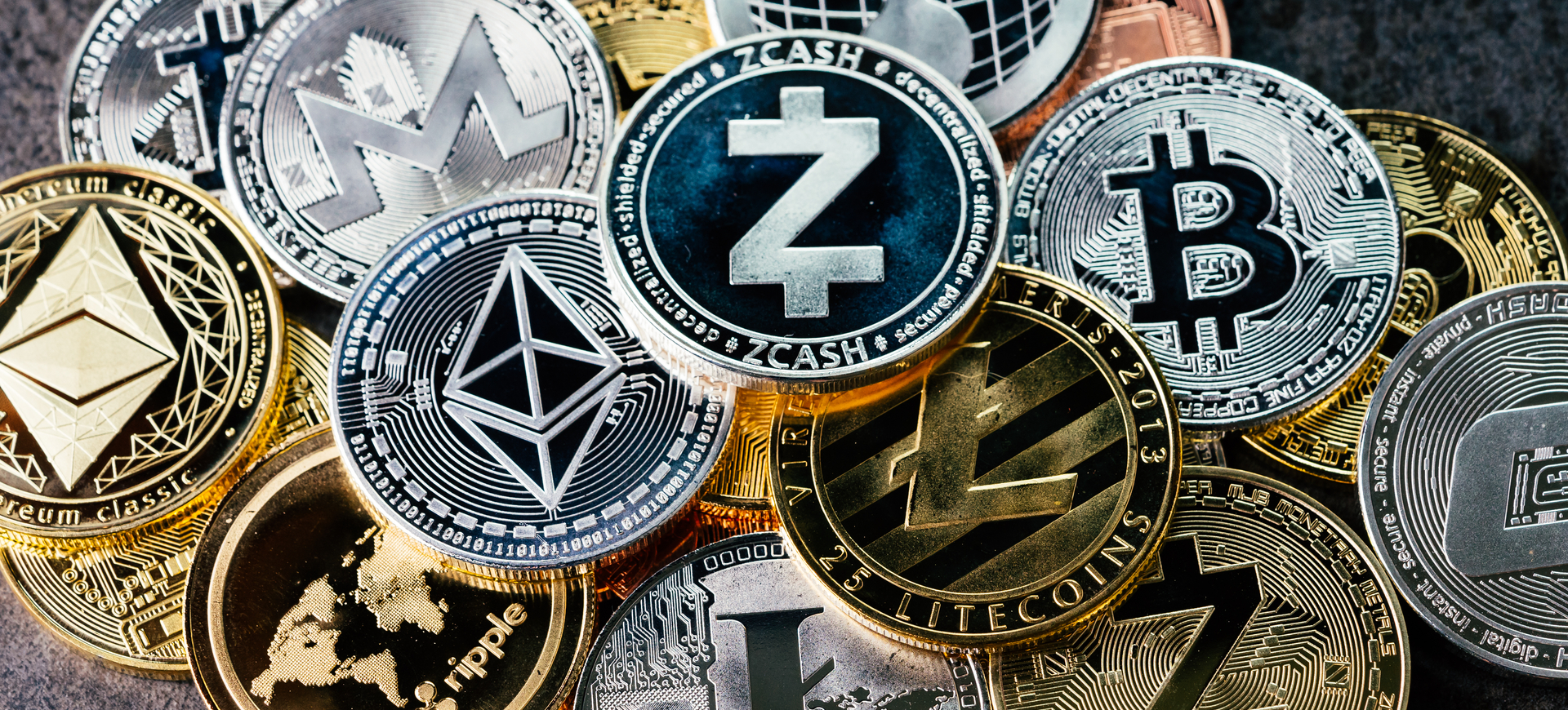Evolving payments in the post–COVID-19 digital economy
COVID-19 brought renewed attention to new forms of digital payments. The G20 summit represents an opportune moment for leaders to make these issues a focal point
Despite the convenience of digital money, particularly in the retail sector, during the global health pandemic caused by COVID-19 its explosive growth has brought great challenges and little benefit to the international wholesale payment system. This is particularly the case with cryptocurrencies, whose extreme volatility was demonstrated by the price and value of bitcoin in the past year, spiking from virtually nothing in 2016 up to $60,000 in early 2021. Given that the 2021 G20 summit is hosted by Italy, whose prime minister, Mario Draghi, has served as a minister of finance as well as president of the European Central Bank, it seems inevitable that financial matters will follow closely behind the global health situation as a priority for discussion at Rome on 30–31 October.
Wholesale interbank payments continue to take place between central banks in central bank money. However, that could change due to the emergence of central bank digital currencies, if stablecoins manage to overcome resistance by governments of countries such as China, which recently banned the use of cryptocurrencies. Given China’s deep integration in the global trading system and economy, its move to ban the use of cryptocurrency for payments gives its G20 partners a strong reason to reflect on their own cryptocurrency policies and to consider a unified global governance approach.
Taking action
In 1989, the G7 members established the Financial Action Task Force to examine and develop measures to combat the money laundering that had become a big problem they urgently needed to manage. As anti-money laundering practices became firmly entrenched throughout the G7, the widespread emergence of crypto assets several years later pushed the FATF to shift its focus to regulating virtual assets. In 2019, to mitigate and control risks associated with virtual asset activities, the FATF began setting out detailed implementation requirements for effective monitoring, supervision and regulation of virtual asset services providers. Given international financial developments since then, it seems surprising that Germany, which currently holds the presidency of the FATF, does not mention digital finance in its recommended areas of focus that include money laundering and terrorist finance. Moreover, in 2018 the European Commission published its FinTech Action Plan to make Europe’s financial markets “more integrated, safer and easier to access”, based on a public consultation that it had carried out the previous year.
Evolution in financial payments, particularly in the retail realm, has been accelerated by the COVID-19 pandemic. But the core objectives and functions of central banks have not changed, namely financial stability, monetary policy, banking supervision and access to financial services. Against the backdrop of rapidly advancing digital finance, central banks are evaluating and deploying new digital settlement solutions, including faster payments systems and central bank digital currencies. Much is at stake for all in the development of digital payments, especially in light of the 2020 McKinsey report that estimated payment revenues to be close to $3 trillion. As participants in a roundtable organized by the Official Monetary and Financial Institutions Forum and its Digital Monetary Institute in August 2021 agreed, getting the most out of the emerging digital economy will require close collaboration between the private and public sectors.
G20 finance ministers’ attention has been drawn away from the digital finance issues that captured their attention in Argentina in 2018 due to the COVID-19 pandemic. That year, the OMFIF and DMI produced “The Future of Payments”, a landmark report based on an in-depth survey of 20 central banks, regulators and policymakers, which revealed a strong inclination by both public and private financial actors to collaborate on regulatory and supervisory issues.
Centering finance
At the G20’s Rome Summit, leaders and their finance ministers would be well served by building on the 2018 EU action plan for fintech. The theme introduced by the OMFIF does just that in its emphasis on the public and private sectors, which has become particularly relevant in the context of recent developments in fintech and artificial intelligence as well as the contemporary issues of privacy and data management. OMFIF’s work is very relevant to both the G7 and G20, and the topic of digital finance falls under multiple G20 areas of concern, including finance, the economy and digitalisation. Unlike other global governance bodies, OMFIF has not had to shift its focus to the global health pandemic from its own raison d’être. For these reasons, the G20 Rome Summit should consider endorsing and incorporating its work in its deliberations and declarations on the digital finance sector. G20 leaders should also note the EU fintech report’s observation of the natural synergies between a digital finance strategy and a cybersecurity strategy, an essential element of the Financial Stability Board’s work programme for 2021, the evolving digital economy, and the technology regulation, or ‘regtech’, that it is spawning. These issues will likely be of interest at future G20 and G7 summits.












